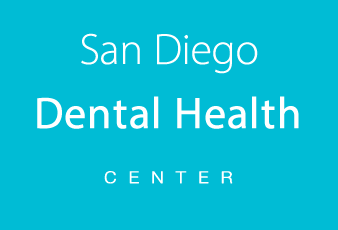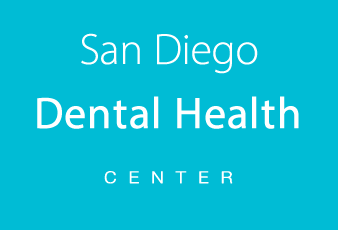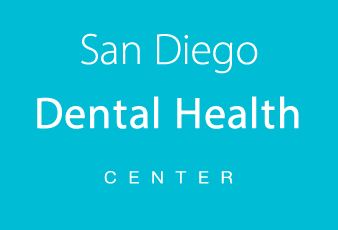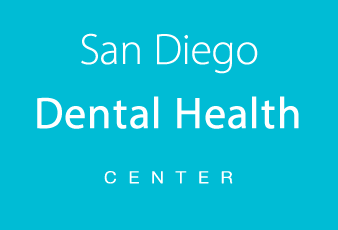10 Sep Oral and Maxillofacial Radiology Mini-Residency at UCSD beginning 20 January 2022 – Limited Availability
Dr. Katya Archambault
Oral and Maxillofacial Radiology Mini-Residency at UCSD
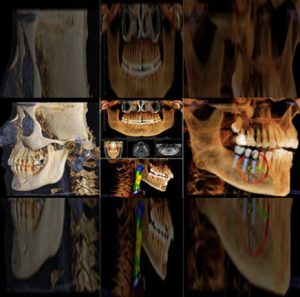
Oral and Maxillofacial Radiology Mini-Residency at UCSD
Cone Beam CT and its capabilities for more detailed imaging information and communication have changed the landscape of dentistry.
This mini-residency is an update of the standard of care in diagnosis, treatment planning and treating patients and the dental/medical legal implications.
Dates
(Day 1) 20 January 2022
(Day 2) 21 January 2022
(Day 3) 22 January 2022
(Morning) 8:30 to 12:00
(Afternoon) 1:30 to 5:00
At the University of California San Diego
Registration
Registration fees: $3,400
Early Bird registration: $2,975 (Before December 31th 2021)
Early Bird registration must be before December 31th, 2021. The purchase of any Mini-residency, Webinar Group, Series, or Bundle may not be combined with any previous purchase, nor an Early Bird discount, coupon, or any other special pricing promotion.
Credits
21 CE Credits are earned by UCSD
For Reservations
Enroll Online Now
Email Reservations
Call 310-307-6623
Weekdays 8:00 AM – 5:00 PM
Sat / Sun CLOSED
Course location
San Diego Dental Health Center
9350 Campus Point Drive Suite 1D
La Jolla, CA 92037
Day 1
20 january 2022
8:30 to 12:00
- Anatomy. Various anatomic structures of the oral and maxillofacial area and their common radiological appearance using intraoral, extraoral, and cone beam CT images.
- Multiplanar reconstructions. Axial, coronal, and sagittal views are used to describe the anatomy.
- Radiographic guidelines. Visualize bony lesions in 3 dimensions.
1:30 to 5:00
- Cyst and benign lesions. Overview of the benign lesion that can develop from both odontogenic and nonodontogenic tissues in the maxilla and mandible.
- Neural and vascular lesions.
- Fibro-osseous lesions. Fibrous dysplasia in the jaw and their multiple presentations. Their specific radiographic presentations in establishing a diagnosis.
- Malignancies. Malignant lesions often have serious consequences, including disfigurement and death. The radiographic characteristic appearance of malignancies.
- Role of radiographic imaging in diagnosis. Osteonecrotic lesions and treatment options.
Day 2
21 January 2022
8:30 to 12:00
- Endodontics. Guidelines of the American Association of Endodontics
- The benefits and limitations of CBCT in endodontics.
- Identification of some differences in the diagnostic abilities of 2D- and 3D-imaging technologies.
- Management of CBCT in endodontics. Importance of assessing endodontic patients on an individual basis.
1:30 to 5:00
- Implant surgery. Dental CBCT is justified for presurgical diagnosis, preoperative planning, and preoperative transfer for oral implant rehabilitation.
- Periodontal disease. CBCT displays 3D images for the diagnosis of intra bony defects, furcation involvements, and buccal/lingual bone destructions.
Day 3
22 January 2022
8:30 to 12:00
- Dental surgery and dental impactions. Over projection between the third molar and the mandibular canal.
- Signs that suggest a close contact between the molar and the canal when to use CBCT.
- TMJ Assessment. Osteoarthritis (OA), juvenile OA, rheumatoid arthritis and related joint diseases, juvenile idiopathic arthritis, and other intra-articular conditions.
- CBCT used as a cost- and dose-effective imaging modality for the diagnostic assessment of a variety of TMJ conditions. CBCT has been found to be superior to conventional radiographical examinations as well as MRI in assessment of the TMJ.
1:30 to 5:00
- Sleep Apnea.
- Evaluation of the upper airway dimensions of obstructive sleep apnea (OSA) and control subjects using a cone-beam computed tomography.
- Assessment of the airway dimensions.
- Incidental findings on CBCT.
- With low to intermediate clinical importance.
- With potentially high clinical importance.
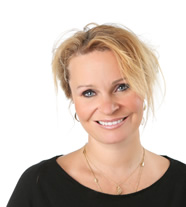
Dr. Katya Archambault
Oral and Maxillofacial Radiologist.
Adjunct Faculty Head and Neck Surgery and Otorynolaryngology UCSD.
Adjunct Faculty Department of Plastic Surgery UCSD.
Dr. Archambault received a Certificate in Implant Dentistry from NYU. She received her dental degree from Laval University and did a Certificate in Microbiology at that same university. She also received extensive TMJ training in Austria at Danube University.
Laval University
Created in 1852, Laval University is the original source of all French-language higher education in Québec, Canada, and North America. It has graduated the greatest number of the country’s and the province’s top officials.
NYU school of Dentistry
The New York University College of Dentistry educates nearly ten percent of our nation’s dentists. It offers graduate programs and clinical training in dentistry.
DPU Danube Private University
The Danube Private University was the first private university in Austria to have a Faculty of Medicine/Dentistry accredited. It has since acquired a wealth of experience in postgraduate and undergraduate programs and gained widespread international recognition.
University of California UCLA
UCLA is a public research university in Los Angeles. It became the Southern Branch of the University of California in 1919, the second-oldest undergraduate campus of the 10-campus University of California system.
American College of Prosthodontists
The American College of Prosthodontists is a not-for-profit organization representing prosthodontists within organized dentistry and to the public, with more than 3,700 members worldwide.
American Dental Association
The American Dental Association is an American professional association established in 1859 which has more than 161,000 members.
California State Dental Association
The California Dental Association (CDA) was founded nearly 150 years ago and is a community of dentists committed to enhancing the professional lives of our members—27,000.
American Academy of Osseointegration
The mission of the Academy of Osseointegration is to enhance oral health globally by advancing the science, practice and ethics of implant dentistry and tissue engineering. Membership now exceeds 5,600 professionals from more than 70 countries.
American Academy of Esthetic Dentistry
The American Academy of Esthetic Dentistry was formed in 1975 and has members from throughout the United States and 11 other countries. Headquartered in Chicago, Illinois the group is governed by an Executive Council.
